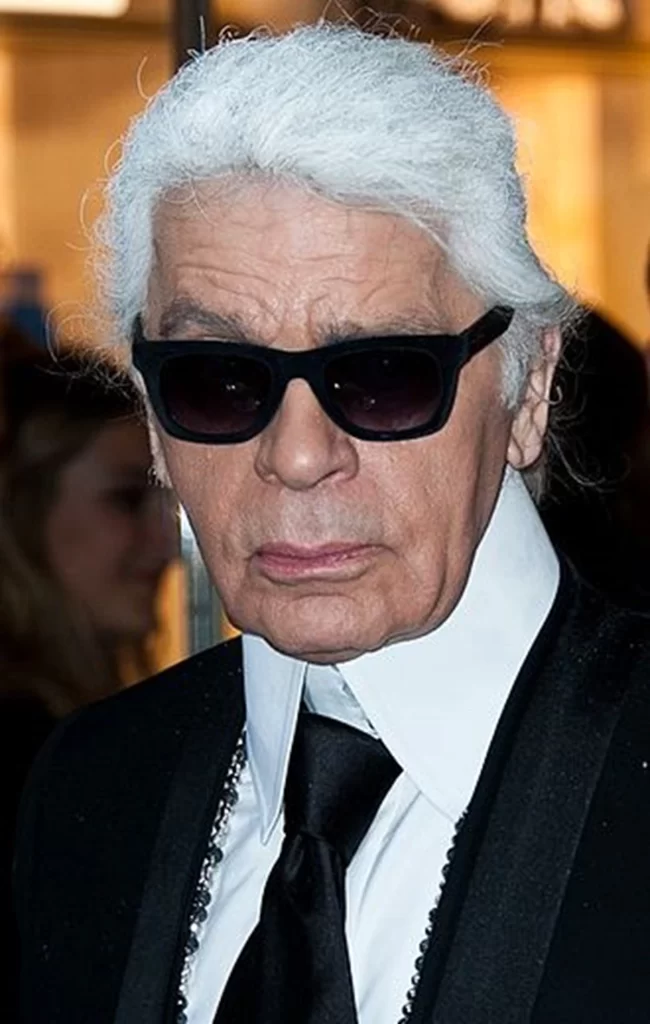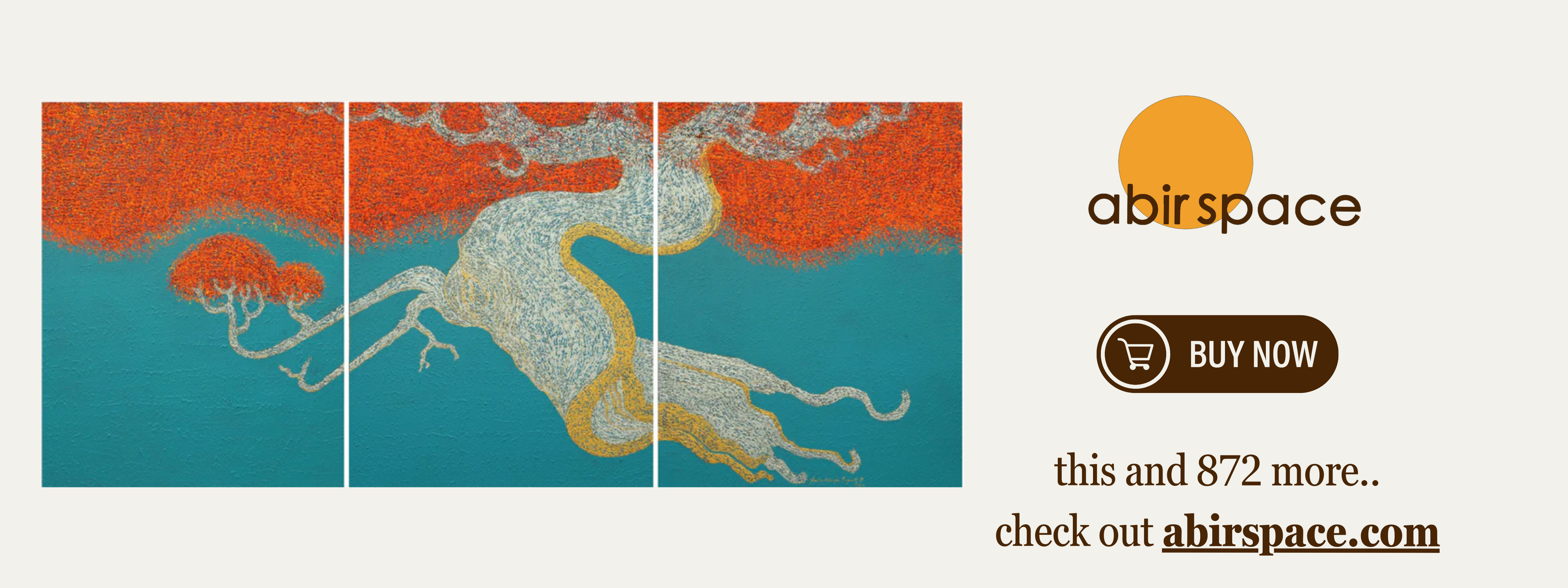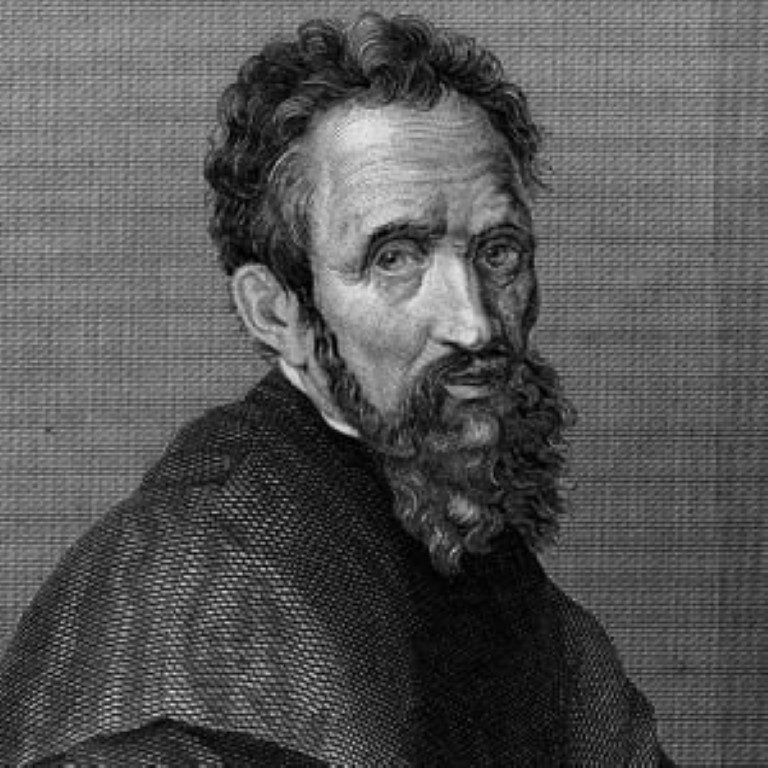Karl Lagerfeld (1933-2019), an influential fashion designer who left an indelible mark on the industry through his groundbreaking work as creative director at Chanel and Fendi. Known for his distinctive appearance—featuring white hair, black sunglasses, and fingerless gloves—Lagerfeld transformed Chanel after joining in 1983, restoring its status as a premier fashion house. His remarkable career, which began in the 1950s, included notable tenures at Balmain, Patou, and Chloé, while his creative vision extended beyond fashion design into photography and artistic collaborations.
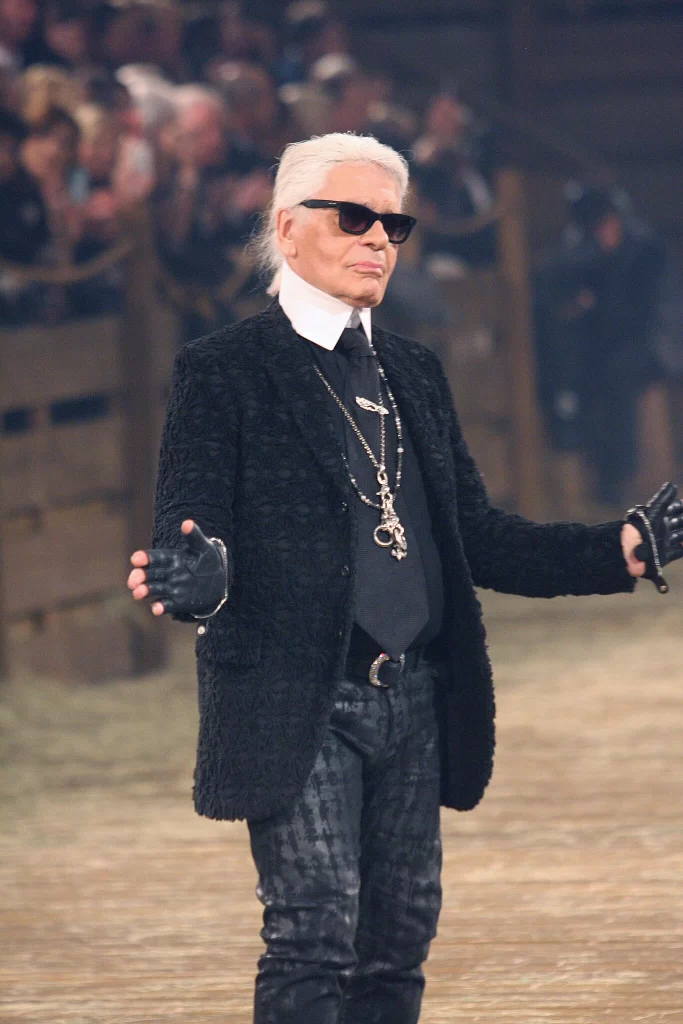
Early Life and Career
Born in Hamburg on 10 September 1933 to Elisabeth and Otto Lagerfeld( though his descent and birth year remain a mystery). Karl Lagerfeld’s remarkable journey in fashion began in 1954 when he won recognition in the International Wool Secretariat’s design competition. After a three-year apprenticeship with Pierre Balmain, he became the artistic director for Jean Patou in 1957. In a groundbreaking move, Lagerfeld became one of the first freelance designers in 1962, working with prestigious brands including Charles Jourdan, Chloé, Krizia, and Valentino. His career took a significant turn in 1965 when Fendi hired him to modernize their fur line, where he innovated by introducing less expensive furs into high fashion and created the brand’s iconic double F logo. However, it was his appointment as creative director at Chanel in 1983 that would define his legacy, as he breathed new life into what was then considered a “near-dead brand,” transforming it into one of the world’s leading fashion houses.
Karl Lagerfeld’s Iconic Fashion Designs
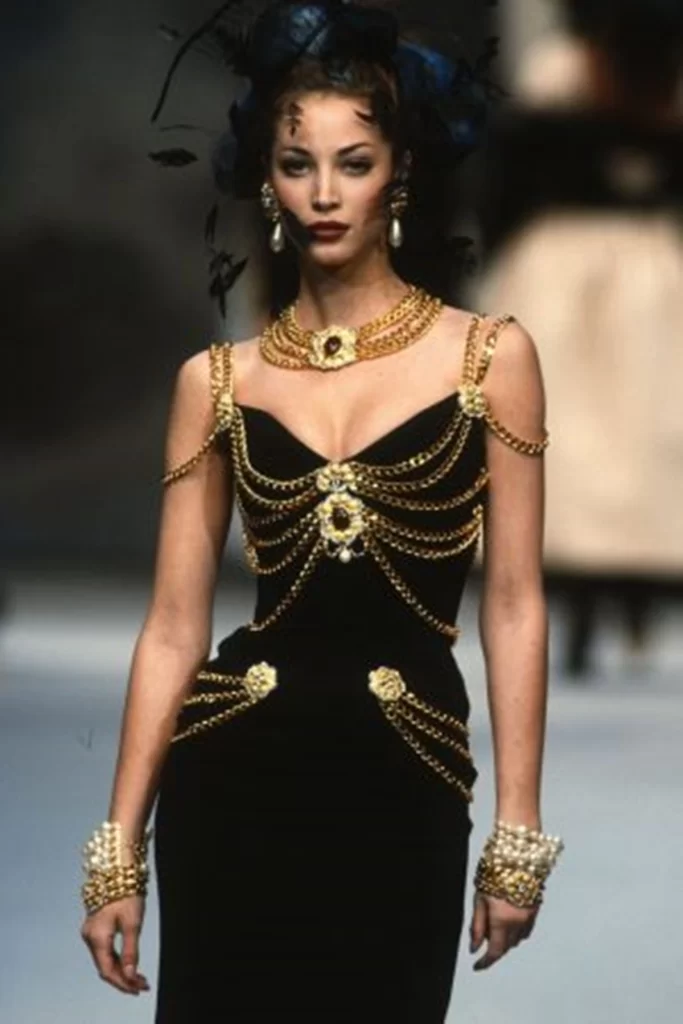
Throughout his illustrious career, Karl Lagerfeld demonstrated an extraordinary ability to reinvent fashion through distinct creative periods that defined entire eras.
- The Karl Lagerfeld Chanel Collections- A standout piece from Chanel’s Spring 1992 haute couture collection became one of Lagerfeld’s most memorable designs: a black cocktail dress adorned with cascading gold chains that elegantly draped across the bodice and hips. First showcased by supermodel Christy Turlington on the runway, the dress gained renewed cultural significance when Penélope Cruz wore it in Pedro Almodóvar’s 2009 film “Broken Embraces,” cementing its status as a timeless piece of fashion history.
- Karl Lagerfeld and Fendi Baguette Bag- The revolutionary Fendi Baguette, named for its resemblance to the French bread meant to be tucked under the arm, debuted in Fendi’s autumn/winter 1997 collection and hit stores in 1998. Created by Silvia Venturini Fendi with Karl Lagerfeld’s artistic direction, this compact accessory marked a bold shift from the era’s prevalent oversized, minimalist bags. The design prominently featured Lagerfeld’s double-F ‘Zucca’ logo, which he had created in 1965 and would later become a defining symbol of 2000s logo-driven fashion.
- Karl Lagerfeld and Chloé- In his second-to-last collection for Chloé, Lagerfeld proved that spring florals could indeed be revolutionary, breathing fresh life into the house’s feminine identity. The collection masterfully blended sensuality with playfulness, featuring diaphanous robes layered over lingerie-inspired ensembles, hot pants, and bright pink patent leather heels. This vibrant presentation captured the essence of 1970s Paris while incorporating elements reminiscent of Cher’s iconic style, ultimately delivering the perfect blend of colour and wit that Chloé needed.
Karl Lagerfeld Retrospective Exhibitions
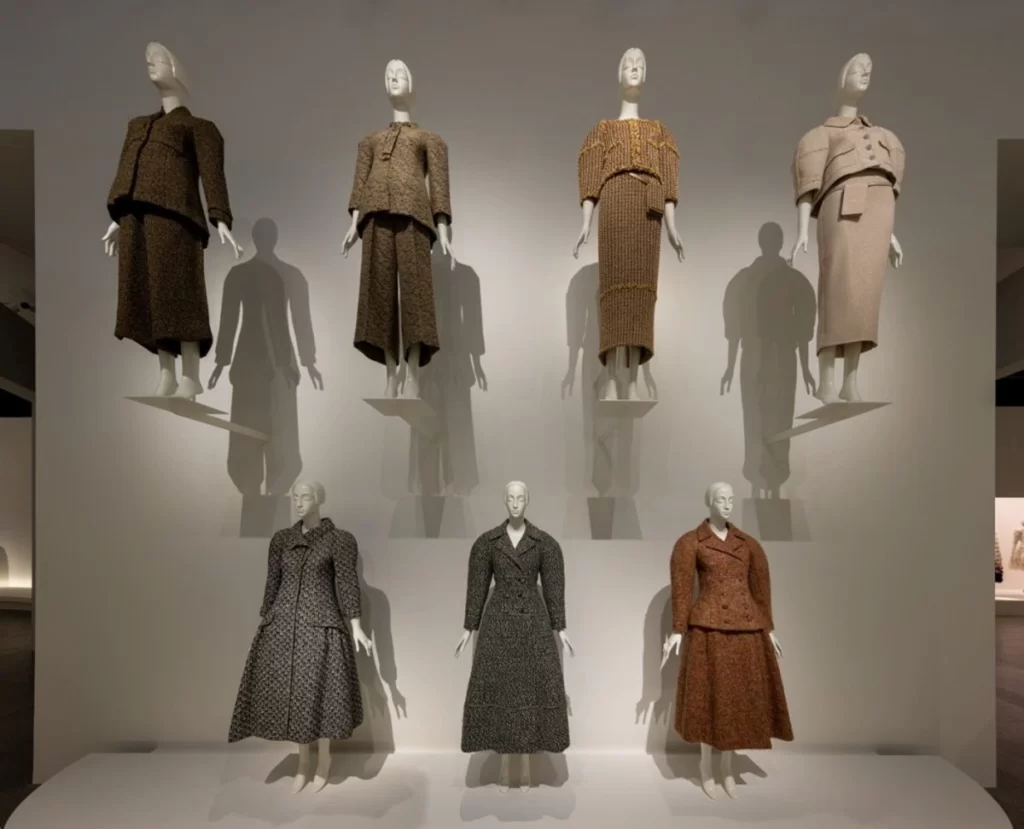
The 2023 Costume Institute exhibition explored Karl Lagerfeld’s design vocabulary. The exhibition ‘Karl Lagerfeld- A Line of Beauty‘ featured around 150 of his creations, from the 1950s until he died in 2019, alongside his sketches, highlighting his creative process and collaborations. It showcased the recurring themes and fluid lines connecting his work for various houses like Balmain, Patou, Chloé, Fendi, Chanel, and his label. Karl Lagerfeld’s Influence on Modern Fashion.
Karl Lagerfeld’s Influence on Modern Fashion
Karl Lagerfeld profoundly shaped modern fashion. His influence extended beyond his fantastical designs and extravagant Chanel shows, encompassing his iconic persona and sharp wit. He revitalized Chanel, transforming it into a leading fashion powerhouse through his design skills and understanding of both high and low culture, impacting the direction of contemporary style.
Contributor

